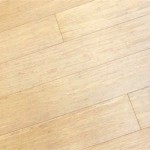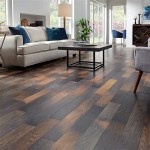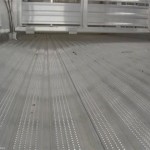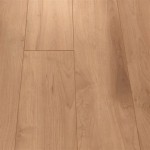Essential Aspects of Tile Flooring for Kitchen and Bathroom
Tile flooring offers a sophisticated and enduring solution for kitchens and bathrooms. Its versatility and durability make it a popular choice for these high-traffic areas. However, selecting the right tiles and understanding their essential aspects is crucial to ensure a successful installation and long-lasting performance. Here are key considerations when choosing tile flooring for your kitchen and bathroom.
Material Type:
Tiles come in various materials, including ceramic, porcelain, and natural stone. Ceramic tiles are affordable and durable, while porcelain tiles are denser, more water-resistant, and have a wider range of design options. Natural stone tiles, such as marble and granite, provide a luxurious aesthetic but require more maintenance and are more expensive.
Water Resistance:
Kitchens and bathrooms are prone to moisture and spills. Choosing tiles with high water resistance is essential to prevent damage and mold growth. Porcelain tiles are highly water-resistant, making them ideal for these areas. Glazed ceramic tiles also offer good water resistance, but unglazed tiles and natural stone tiles require sealing to enhance their water resistance.
Slip Resistance:
Safety is paramount in kitchens and bathrooms, especially when wet. Tiles with high slip resistance are essential to prevent falls and accidents. Look for tiles with a textured or matte finish, which provide better traction. Tiles with a higher coefficient of friction (COF) rating indicate greater slip resistance.
Durability:
Kitchen and bathroom floors endure frequent foot traffic and potential impact. Selecting tiles with high durability is crucial to withstand wear and tear. Porcelain tiles with a high Mohs hardness rating are highly resistant to scratching and chipping. Glazed ceramic tiles also provide good durability, making them suitable for moderate traffic areas.
Maintenance:
Maintaining tile floors is essential to preserve their appearance and performance. Ceramic and porcelain tiles are relatively low-maintenance, requiring regular cleaning with a damp mop or tile cleaner. Natural stone tiles, on the other hand, require more specialized care, including sealing and occasional restoration to maintain their beauty.
Design and Style:
Tile flooring offers a wide range of design options, including various colors, patterns, and finishes. Choose tiles that complement the overall style of your kitchen or bathroom. Consider the size, shape, and grout color to create a cohesive and visually appealing look. Large tiles can create a spacious feel, while smaller tiles add visual interest.
Professional Installation:
Proper installation is crucial for the longevity and performance of your tile flooring. Hire an experienced tile installer to ensure the tiles are laid level, the grout is applied correctly, and the floor is sealed or restored if necessary. A professional installation can prevent future problems and enhance the beauty and durability of your tile floor.

5 Flooring Options For Kitchens And Bathrooms Empire Today Blog

20 Best Bathroom Floor Tile Ideas Flooring Modern Kitchen Amazing Bathrooms

Bathroom Floor Living Room Kitchen Tiles Tile Stickers Floors Decor Art Stars Pack Of 9 Singapore

15 Small Kitchen Tile Ideas Flooring Tiles Floor Plans
Vinyl Flooring In Kitchens And Bathrooms Tarkett

Tile Flooring Pros Cons Dartmouth Building Supply

Self Adhesive Floor Tiles 13eur M2 Plastic Vinyl Kitchen Bathroom Tile Stickers Wood Look Stone Ornaments Flooring Diy Singapore

What Flooring Is Best For The Kitchen Or Bathroom

Diffe Types Of Flooring Kitchen Or Bathroom 3rs

Peranakan Toilet Bathroom Kitchen Tile Flooring Self Adhesive Sticker Water Proof Anti Slip Wallpaper Home Decor Furniture Living Fixtures On Carou
Related Posts








